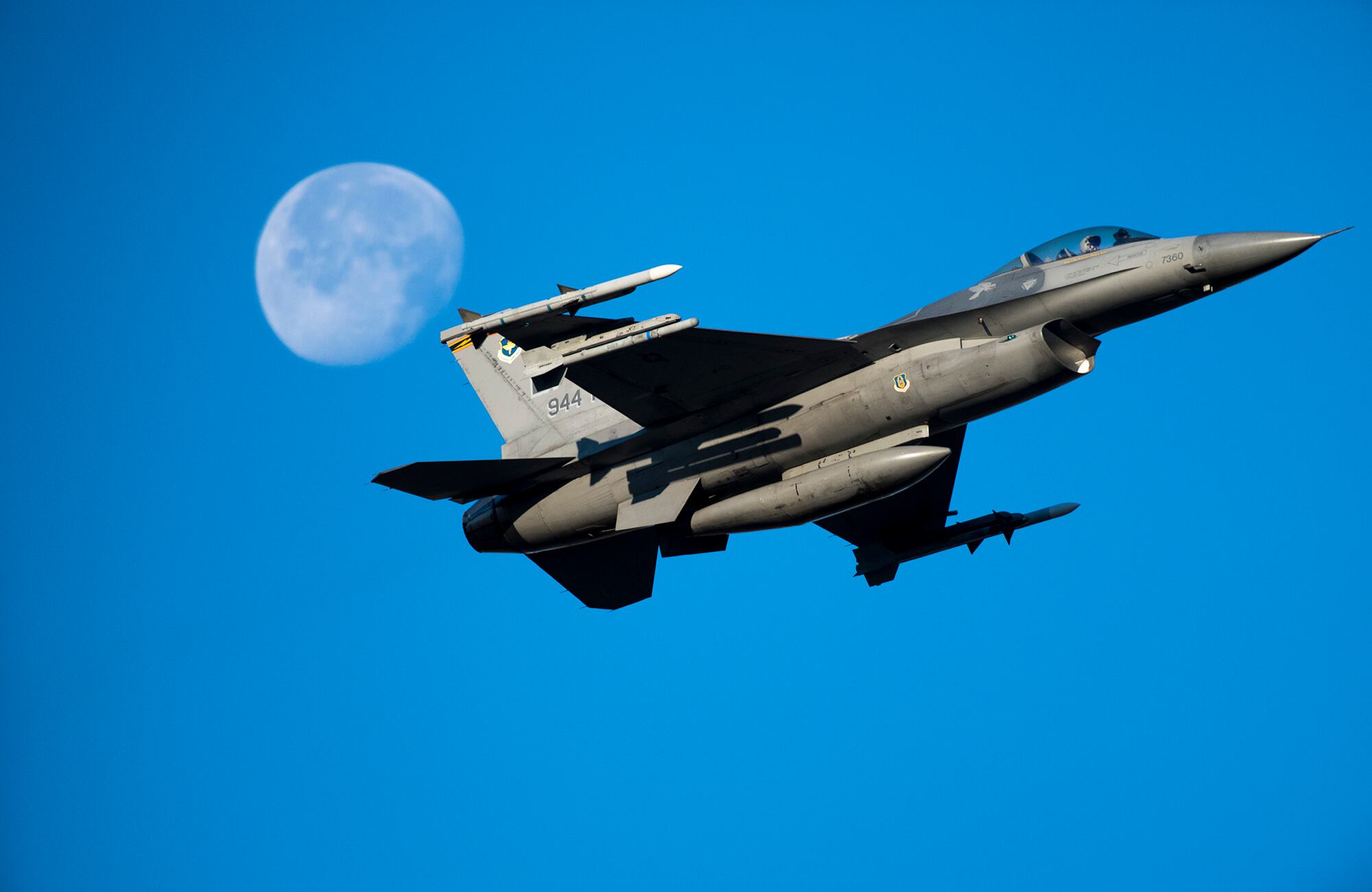Disruptive technologies drive doctrinal and operational changes for modern militaries. Particularly in the last 120 years, industrial and technological advancements have revolutionized warfare. In the last century, the United States military has developed a military machine that is centered on a guiding command-and-control principle: centralized control, decentralized execution. However, the next decade will bring significant advancements in autonomous decision-making and artificial intelligence, chauffeuring in resilient, distributed command and control and dislodging the human operator from mission command.
While artificial intelligence and autonomous systems are already broadly employed in health, transportation and digital services, true autonomy in military systems is still in development. A foundational challenge in AI applications within systems that are capable of taking human life is trust. Military autonomous applications can and should be subjected to extensive verification and validation, to include comparing machine-enabled decision-making tendencies to those of the human operator.
This is still a concept that is not widely accepted for military systems; artificial intelligence and reliance upon machines to “think” and “decide” in roles once uniquely assigned to human operators is a drastic paradigm shift. Once fully validated and developed within defense applications, artificial intelligence will enable a shift to automated decision tools from the error-prone human mission commanders. This might require some ethical investigation into how America wants to apply logic and into the creation of what are literally soulless killing machines.
RELATED

If anything could motivate the Defense Department to speed up this process, it’s the contemporary geopolitical landscape. In the 21st century security environment, the proliferation of anti-access/area denial capabilities is forcing a shift in how the U.S. military thinks about command and control and, in particular, mission command.
The applicability of automated decision-making in operational-level planning and decision-making is still up for debate, and relying on machines to orchestrate campaign planning and general scheme of maneuver is still a long way off. However, at the tactical level, the use of autonomous hardware on the battlefield and AI-enabled software tools to great effect is right around the corner — for both the United States and China.
Increased war-fighting domain interdependence will soon overwhelm tactically minded mission commanders. To combat this, tacticians and technologists alike need to quickly and effectively integrate artificial intelligence tools into tactical decision-making, incrementally removing most if not all of the burden of broader mission management off the shoulders of the human. Instead of leaving a commander’s intent up to interpretation, autonomous machine-to-machine tasking and tactical decision-making will enable cross-domain synergy and convergence of multidomain effects at the end of a kill chain.
Weaponized AI enables machine-to-machine tasking and real-time re-targeting. This prioritization of effects from figurative “service providers” will be executed at the tactical level, relying on intelligent machines to digest and analyze data from across the battlespace. These applications constitute only a limited application of AI for tactical military applications. Inevitably, AI decision tools will augment and even replace human mission commanders.
These AI algorithms will also prove useful in a contested or communications-denied operating environment. Advancements in edge computing will not only bolster the arguments for tactical AI, but they will also enable a localized instantiation of a military Internet of Things at the forward edge of the battlespace. This forward network will host a limited version of broader mission command algorithms, enabling logic consistency across the operating area even with disparate inputs. This will boost resilience in command and control while decreasing reliance on traditional communications architecture.
By no means are these capabilities ready today — or even close to an appropriate technology readiness level for acquisition and fielding. However, the rapid pace of technological progress, if harnessed by the U.S. Defense Department, will continue to expedite development and broader usability of AI systems in the defense sector.
The upside of AI in tactical applications is astounding, but industry’s reluctance to collaborate with the Department of Defense is a cause for long-term concern. Relatively scant DoD research and development budgets, a conflict of cultures between defense and tech, and a shrinking industrial base all allude to future challenges in fielding revolutionary combat systems. Add in inevitable long-term acquisition delays due to the global pandemic and its aftermath, and you have a recipe for an uphill battle.
If the DoD can navigate these more-political-than-technical hurdles, it will eventually field AI mission-command capabilities and send human mission commanders the way of the Dodo bird.
Artificial intelligence decision-making algorithms for mission command will be revolutionary. Their pursuit and perfection in implementation are paramount to American success in 21st century great power competition. This revolution will drive machine-enabled mission command and force a traditional, outdated command-and-control mentality to evolve. While they by no means guarantee success in modern conflict, these algorithms and capabilities are a must-have for the U.S. military.
U.S. Air Force Capt. Alex Hillman is the chief data officer of the 45th Test Squadron. The views in this commentary are those of the author and do not necessarily reflect the official policy or position of the Air Force, the Defense Department or the federal government.







